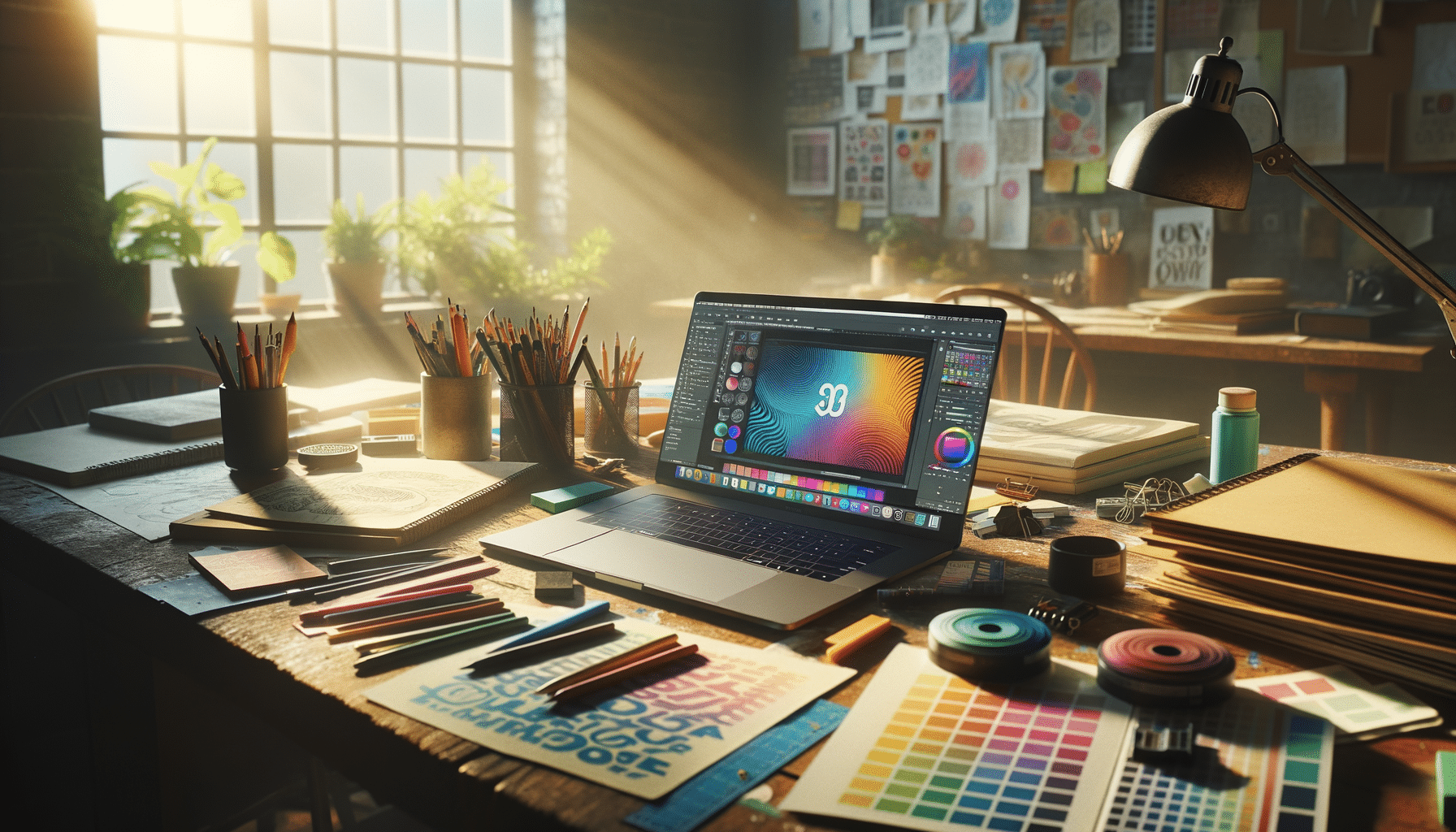
The Graphic Design Skills Every Creative Must Learn for 2026
Introduction to Graphic Design Skills
In the ever-evolving world of graphic design, staying updated with the latest tools and theories is crucial for success. As we approach 2026, the demand for skilled designers who can seamlessly blend creativity with technical proficiency continues to rise. This article delves into essential graphic design skills, focusing on Adobe and Figma, color theory and typography, and the balance of creativity with time management. By mastering these areas, designers can enhance their work and maintain a competitive edge in the industry.
Adobe and Figma: A Comparative Analysis
Adobe and Figma are two formidable tools in the graphic design realm, each offering unique advantages. Adobe, with its suite of products like Photoshop and Illustrator, has long been the industry standard. It provides a comprehensive set of tools for intricate designs, allowing for detailed manipulation of images and vectors. Its integration across various applications makes it a go-to for many seasoned designers.
On the other hand, Figma has emerged as a powerful competitor, particularly in the realm of collaborative design. Its cloud-based nature allows multiple users to work on the same project in real-time, fostering a more interactive and dynamic design process. Figma’s user-friendly interface and robust prototyping capabilities make it a popular choice for web and UI/UX designers.
Choosing between Adobe and Figma often depends on the specific needs of a project. For projects requiring detailed photo editing and complex vector work, Adobe remains unmatched. However, for teams needing efficient collaboration and rapid prototyping, Figma stands out as a highly effective tool. Understanding the strengths of each can help designers leverage the right tool for their creative needs.
The Significance of Color Theory and Typography
Color theory and typography are foundational elements in graphic design, influencing both aesthetics and functionality. A deep understanding of color theory enables designers to evoke emotions and convey messages effectively. The choice of colors can significantly impact user experience, guiding viewers’ attention and shaping their perceptions.
Typography, meanwhile, is the art of arranging type to make written language legible, readable, and appealing. Effective typography enhances communication by ensuring that the message is clear and engaging. It involves selecting appropriate fonts, sizes, and spacing to achieve a harmonious visual balance. Both color and typography must work in tandem to create a cohesive design that resonates with the audience.
Designers must consider cultural and contextual factors when applying color theory and typography. Colors can have different meanings across cultures, and typographic choices can affect readability and accessibility. By mastering these elements, designers can create visually compelling and meaningful designs that connect with diverse audiences.
Creativity and Time Management: Striking a Balance
Creativity is the lifeblood of graphic design, but without effective time management, even the most brilliant ideas can falter. Balancing creativity with time constraints is a common challenge for designers. To manage time effectively, designers can employ strategies such as setting clear priorities, breaking projects into manageable tasks, and using tools like project management software to track progress.
One approach is to allocate specific time blocks for creative brainstorming, allowing for uninterrupted focus and exploration. This can help in generating innovative ideas without the pressure of immediate deadlines. Additionally, incorporating feedback loops and regular check-ins can ensure that projects stay on track and align with client expectations.
By honing time management skills, designers can enhance their productivity and maintain a high standard of creativity. This balance not only improves individual performance but also contributes to successful project outcomes, fostering a reputation for reliability and excellence in the industry.
Conclusion: Embracing Continuous Learning
In conclusion, mastering the skills of Adobe and Figma, understanding color theory and typography, and balancing creativity with time management are crucial for graphic designers aiming for success in 2026 and beyond. The design landscape is dynamic, and continuous learning is essential to keep pace with technological advancements and evolving design trends. By embracing these skills, designers can create impactful and memorable work that stands out in a competitive market.
Ultimately, the key to thriving in the graphic design industry lies in the ability to adapt and innovate. As designers refine their skills and expand their knowledge, they can unlock new creative possibilities and achieve great success in their careers.


